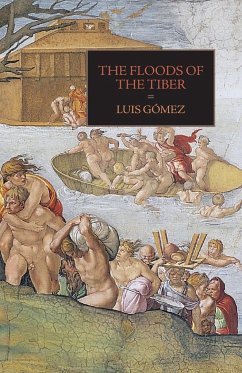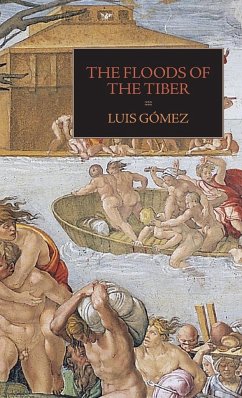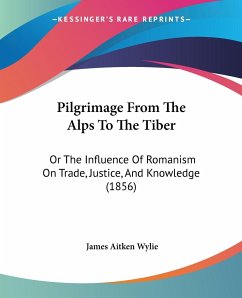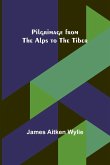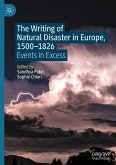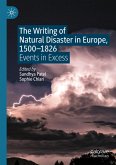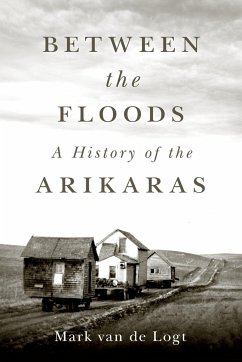The Tiber river winds through the center of Rome. In the 16th century, the river was fundamental to the city's life, providing water supply for drinking, washing, and industrial uses, as well as local fishing. Its rapid current powered Rome's grain mills, which ground the flour that was the basis of its food supply. The Tiber was also the depository for tons of sewage and other refuse that the city generated daily. Yet, just as the river supported Rome's life, it also threatened it. Since antiquity, the Tiber had flooded periodically, often with devastating consequences. With the city's growing population clustered in the low-lying flood plain near the riverbanks and the increasing severity of events due to climate change, the Tiber flood of October 8, 1530 was catastrophic. It was also a bitter sequel to the traumatic Sack of Rome of May 1527. Luis Gómez's The Floods of the Tiber of 1531 was motivated and informed by his own experience of this disaster. It bears eloquent witness to how he used his humanist methods and scholarship to cope with personal and community crisis. Gómez provides an eyewitness account of this major environmental disaster and an example of how contemporaries analyzed the causes and consequences of such events. He also offers a rich and varied example of how humanists could mobilize their written and material sources, exercise skills in reading and historical interpretation, use the past to make sense of the present, and reimagine the future. As we confront an array of increasing environmental challenges, Gómez's work offers both method and hope. This translation by Chiara Bariviera, Pamela O. Long, and William L. North is a collective effort of different expertises ranging from Roman archaeology and topography to late ancient, medieval, and early modern history of science, technology, urbanism, and culture. The editors have produced a clear, accurate, and readable English version of the original 1531 Latin edition - here also transcribed in full for the first time - accompanied by an informative introduction, expert annotations, and comprehensive bibliography. 176 pages, 17 illustrations, introduction, notes, bibliography, index.
Hinweis: Dieser Artikel kann nur an eine deutsche Lieferadresse ausgeliefert werden.
Hinweis: Dieser Artikel kann nur an eine deutsche Lieferadresse ausgeliefert werden.

